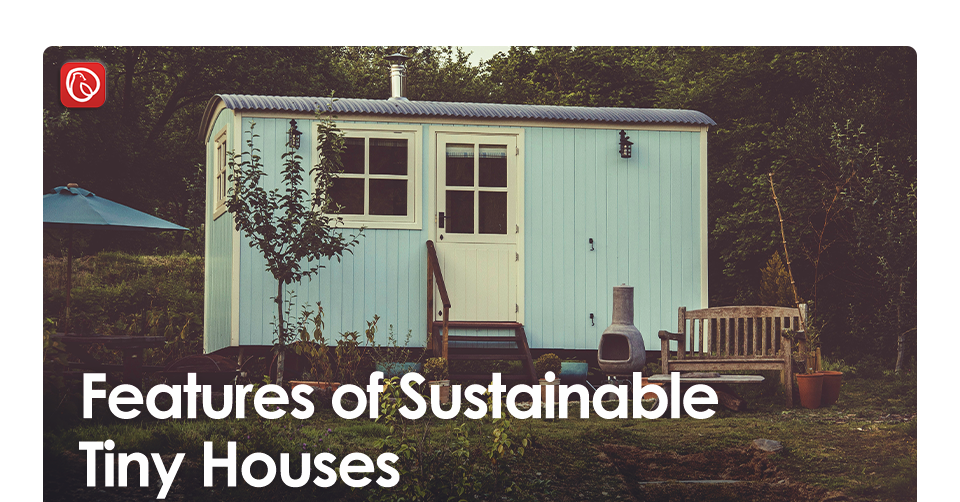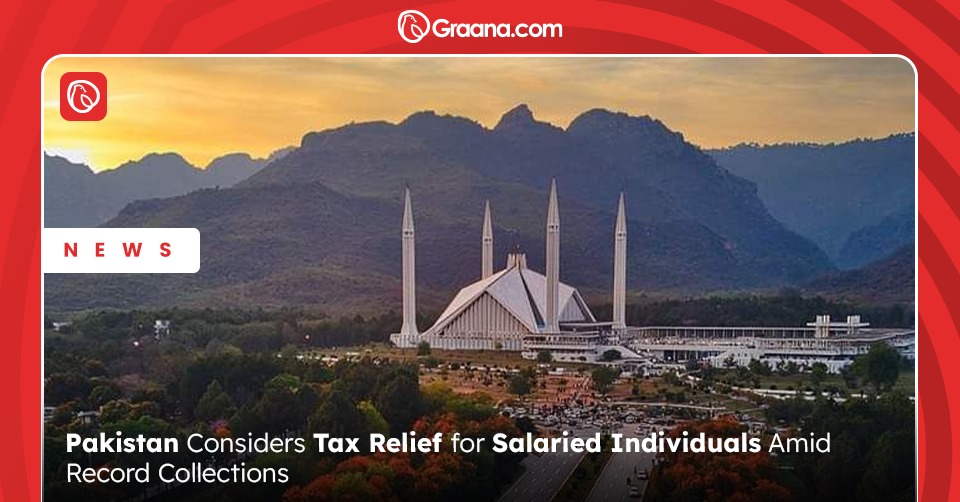Cities across the globe are expanding; rural to urban migration, a phenomenon which is a precursor to the evolving urbanisation is growing at a rapid pace. Where this phenomenon is creating new opportunities for many, it is also compelling policymakers to review this evolving process so that different challenges can be addressed timely. It has been forecasted by the United Nations (UN) that 68pc of the total population will be residing in the urban centres of the world. But this raises the question, how to adjust these people?
Background
Major urban centres of the world already face a severe housing crisis which is resulting in mushroom growth of slum dwellings and perpetuating housing shortfall. In order to tackle this emerging problem, various sustainable strategies are being devised to meet the housing shortfall. One of these strategies is the development of sustainable ‘tiny houses’ which can soothe the ballooning rural-urban migration and provide people with a decent shelter to experience the urban lifestyle.
Graana.com through this blog brings forth the important features of ‘tiny houses’ as per the definition of UN. The tiny houses are considered to be one of the major tools for overcoming the housing shortfall in developing countries which are in accordance with all the features of sustainable development.
What are Sustainable Tiny Houses?
There is no specific definition of a tiny house, their definition varies according to the literature review and the different features of tiny houses. A tiny house can be defined as an adobe which is a complete unit, smaller in size, and comprises all the amenities which can adjust to the needs of a small family and fulfil the criteria of sustainable development. One feature that underscores tiny houses is their relatively smaller size but
To get a complete idea of what sustainable tiny houses are, the model created by the UN Environment in 2018 is examined to get a comprehensive review of sustainable tiny houses. The model created by the UN environment spans over the area of 22 square meters having a single room and the amenities including kitchen and storages that give sufficient space to live in. Moreover, the UN has developed this sustainable tiny house by keeping in mind the affordability thus becoming a suitable replacement for those who cannot own personal homes. Similarly, through the creation of sustainable tiny house preservation of climate is also kept in mind to have a lasting impact.
Prominent features of sustainable tiny houses are as follows
- Sustainable building materials
- Micro-farming
- Renewable Energy
- Plant-based indoor air purification
- On-site water collection
Sustainable Building Materials
One of the prominent features of sustainable tiny houses is that they are constructed using green materials. Green materials are eco-friendly materials that are transforming construction practices on a small scale. Green materials promote resource conservation while also promoting energy efficiency. It has been observed that the construction industry is among the industries which are using natural resources in huge amounts for the production of inputs like cement, marble, steel, and other construction materials. In contrast to this, green materials which can be either bio-based or obtained from recycled components are being used in sustainable tiny houses for construction purposes. It is estimated that the housing sector uses 40pc of the total natural resources hence, sustainable green materials can serve as a suitable alternative for resource conservation.
Micro-Farming
The concept of micro-farming is gaining momentum in urban cities since it provides various households with an alternative for vertical farming, for growing organic fruits and vegetables in each household. The concept of micro-farming revolves around the concept of urban resilience and it can be made more concise by relating it to the concept of urban agriculture. The sustainable tiny house made by UN Environment incorporates micro-farming for promoting subsistence in each tiny house so that a few portions of the demand for food can be met from each tiny house. For micro-farming, an outer wall of the tiny house is exclusively specified for micro-farming which provides fruits and vegetables for most of the year. The micro-farms also perform the function of sound dampening and on a large scale can also act as a suitable tool for maintaining temperature in urban areas.
Renewable Energy
Renewable energy sources are the major drivers of sustainable development. However, the energy consumed in urban centres is still produced from the burning of fossil fuels which is not only exhausting the natural resources but also having grave consequences on the climate. In 2010, Electricity and Heat Production contributed 25pc of the total greenhouse gas emissions. Therefore, various policymakers and nations have pledged to reduce their carbon footprint by shifting to renewable energy sources and preserve the ecosystem. In this backdrop, one of the major features of sustainable tiny houses is that they generate their electricity using solar panels.
Plant-based Indoor Air Purification
Air pollution is posing major health problems in the urban centres, air quality levels are reaching an extent that is making it difficult for people to experience a healthy lifestyle due to hazardous pollutants in the air. A unique aspect of sustainable tiny houses is that they have plant-based indoor air purification systems which help to purify the indoor air quality thus tackling air pollution and also introducing convenience for people to breathe fresh air. The model of the sustainable tiny house as displayed by UN Environment in New York also incorporates plant indoor air purification.
On-site Water Collection
Water management is one of the most useful tools for preventing water scarcity. Various studies have raised the alarm that most of the countries sit on the verge of water scarcity. To tackle this problem, different models are being adopted for efficient management of existing water resources, one of such means is on-site water collection. An on-site water collection system is a sophisticated rainwater collection system that collects the rainwater and passes the water through various cycles that can be utilised for domestic consumption. One of the major features of sustainable tiny houses is that they have an on-site water collection point that collects, and processes the rainwater to be reused in homes.
Read More:
Micro Houses in Pakistan: Rising Trend




